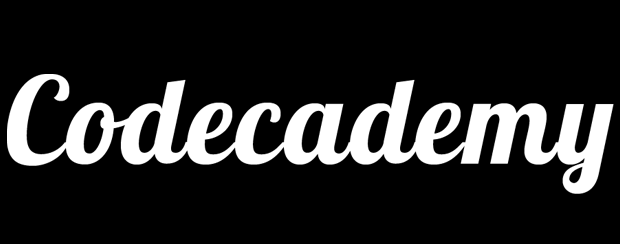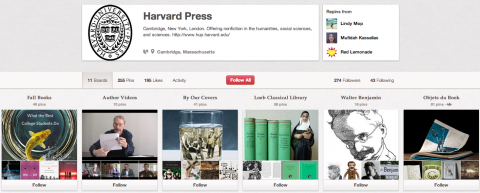They sound like something out of science fiction, but Bitcoins are getting just a little bit more real every day. They’re intangible and invisible, but bitcoins recently attracted some real investment capital from the Winklevoss twins, who first dreamed up the idea for Facebook — or so their lawsuit argued.
A bit of background: Bitcoins are a virtual currency system. They were programmed by an anonymous programmer(s?) in 2009. There are a limited number of possible bitcoins that can ever be traded—21 million—and the “coins” become available incrementally. That process is crowdsourced (anybody can mint bitcoins) but it requires solving complex encryption problems. Most bitcoin miners have an army of computer hardware to do the work for them.
What can a bitcoin buy? It depends. The currency’s value has been gyrating wildly in recent weeks, from a value of just a few dollars up to $266 and then back down to about $100. So far bitcoins are accepted as currency by somewhat shady electronics websites that claim to be sending a message to big retailers: start accepting the virtual currency or miss out on a big market share (that hasn’t developed yet).
Last week came the announcement that Cameron and Tyler Winklevoss—former rivals to Mark Zuckerberg—own one percent of all the bitcoins in circulation, the biggest stake so far. That news inspired debate over what, exactly, bitcoins are and whether they’re important.
They aren’t the first virtual currency and they aren’t being used widely in commerce. Some economists have weighed in to say that unless people stop hording bitcoins as an investment and start spending them, they are meaningless. The bitcoin experiment may show the way to a digital currency of the future. But, until it pans out, we recommend that you hang onto your dollars. And if you’re still trying to get your arms around the whole concept of the bitcoin, we suggest spending a few minutes with the video primer above.
Kate Rix writes about digital media and education. Visit her website: .









